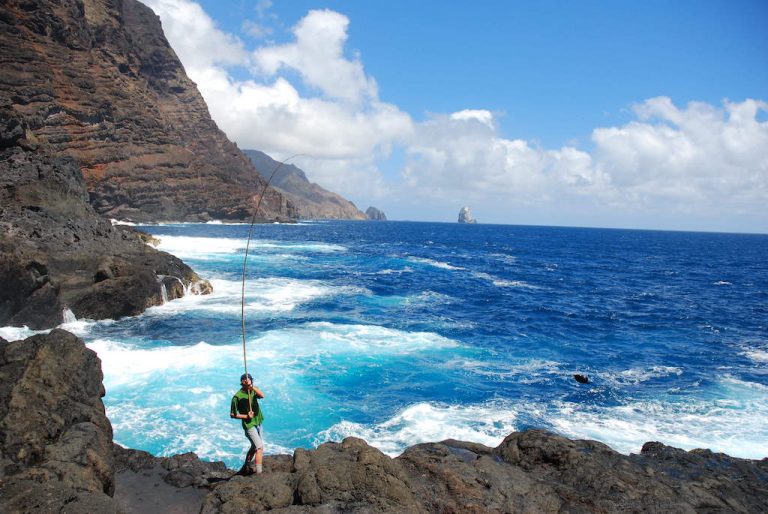St Helena Island is a subtropical paradise roughly halfway between Africa and South America – one of the most remote islands on Earth. Isolation has always been a part of life on the 47sq. mile island, but it has forged a community with an unmatchable sense of togetherness, culture, resilience, and hospitality. With a bourgeoning tourism industry, it is the perfect place to escape to this winter if you want to disconnect from the pressures of the modern world, and reconnect with what truly matters in life – people and nature.
A world away from the dark and freezing UK winter, St Helena‘s hottest months are November to April. These summer months feature vibrant parades and festivals, world-renowned diving and hiking, and some of the clearest night skies in the world.
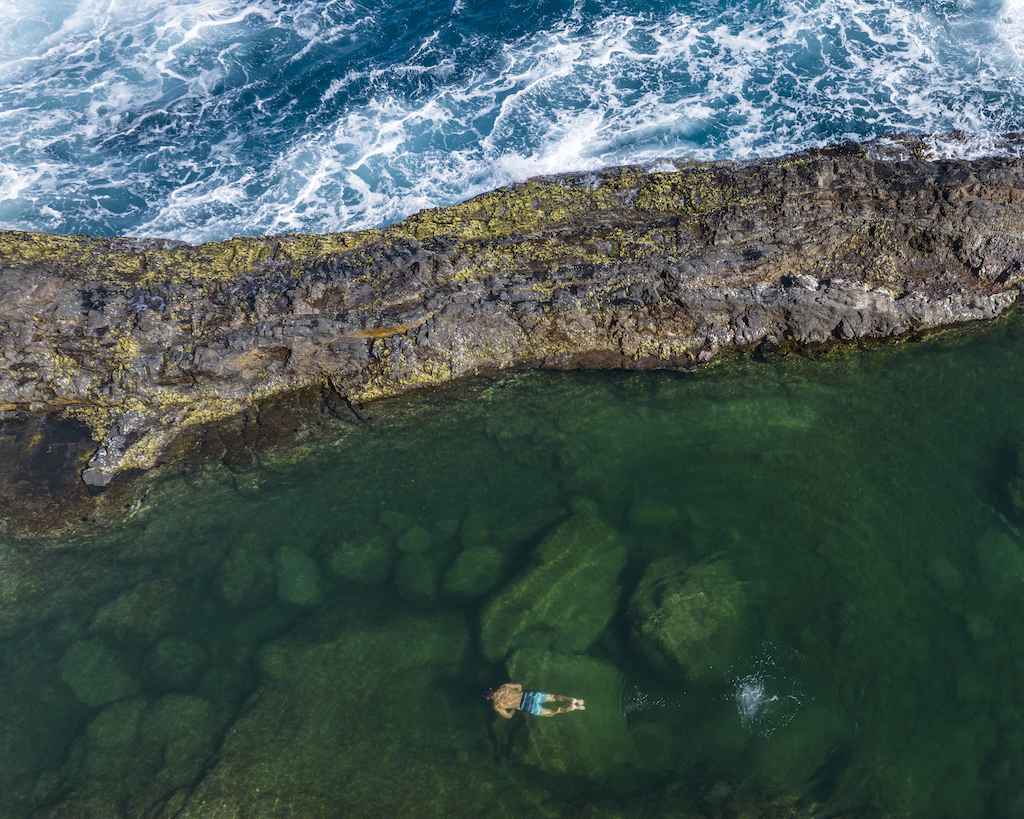
Do As the Saints Do
With such a clear sense of community on the island, along with its remoteness, it is no wonder that the Saint (St Helanian) culture has remained so strongly intact. This is palpable as soon as you arrive, with the friendly welcome you are bound to get right as you step onto the island. With perfectly preserved Georgian streets in Jamestown and traditional methods of craft and fishing still on display in the port, you will be instantly absorbed by the vibrancy of the place.
The cuisine is equally as enticing. The island is a place where on Sundays, a traditional British Sunday roast is served alongside a St Helenian curry. Other staples include freshly caught fish, outdoor BBQs, and sundowners at the seaside bars in the capital of Jamestown.
St Helena is also known for its carnivals and festivals, from St Helena’s Day on 21 May, to the Festival of Lights in December and an adaptation of Carnival every other October. The streets explode in colour and music and they are the perfect way to learn about and celebrate the culture.
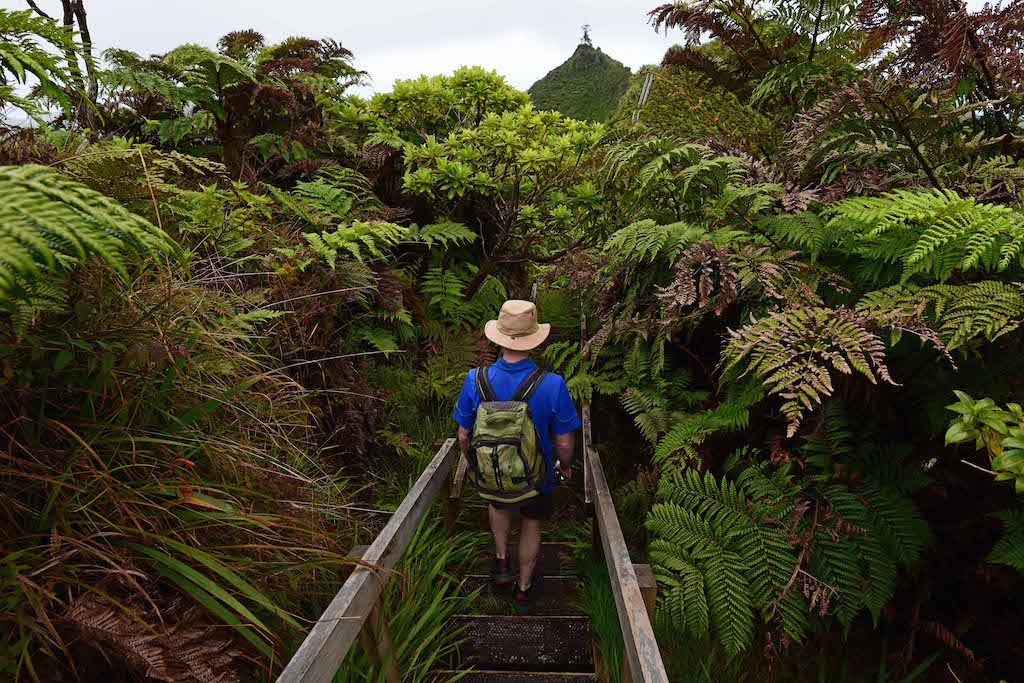 Photo: Ed Thorpe
Photo: Ed Thorpe
Take to the Trails
The landscape of St Helena makes for the perfect overland adventures. From densely forested mountaintops to stark cliffs and magnificent volcanic formations, hiking, running or biking across the 47sq. miles is an experience like nowhere else on Earth.
Trails aren’t hard to come by either. There are 21 ‘Post Box Walks’ (designated nature trails) that range from family friendly to very challenging, each capped off with a ‘post box’ that contains a signature book and unique, trail-specific stamp. 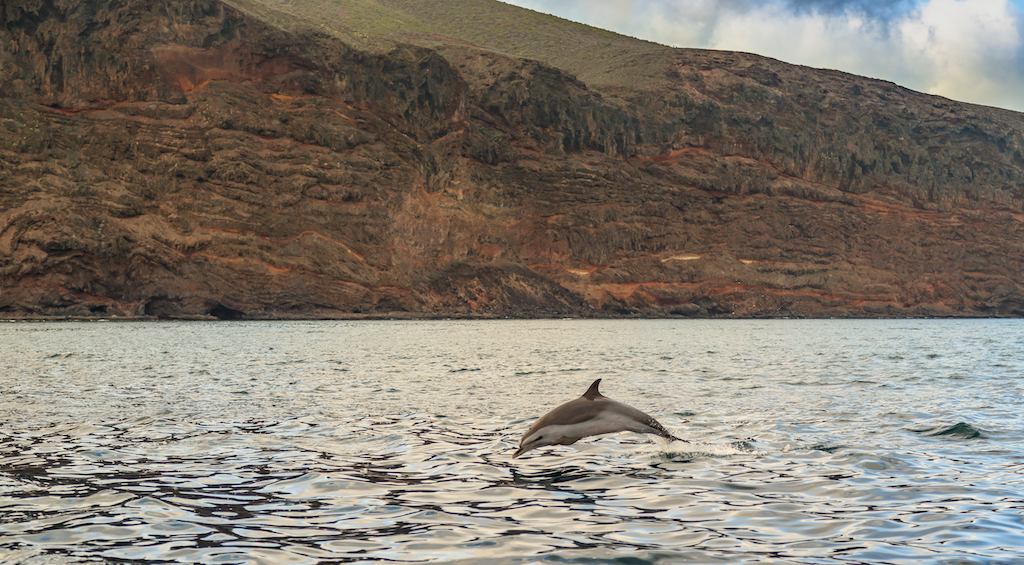 Photo: Expert Tours
Photo: Expert Tours
The Deep Blue
Being a tiny island in the middle of a big ocean, the water has played a huge part in St Helenian culture and life since it was first settled in 1659. Only sustainable, one-by-one fishing is allowed in St Helena‘s internationally important waters, and the local cuisine is heavily based around fish. If you want to get involved with these sustainable fishing practices, you can head out on a tour for some intensive deep-water fishing.
To admire the sea life and coastline in a different way, there are boat cruises, dive operators and plenty of snorkelling and swimming opportunities (including shipwrecks to explore in the shallows, like the Papanui). The high-visibility and always temperate waters (averaging 19°C) make it the perfect place to admire the seascapes of the volcanic region or spot the most amazing creatures. One of them is the majestic ‘bone shark’, as it’s known locally, or the whale shark, the world’s largest fish, which visit the island from November to March. Visitors and locals alike love the opportunity to swim with them.
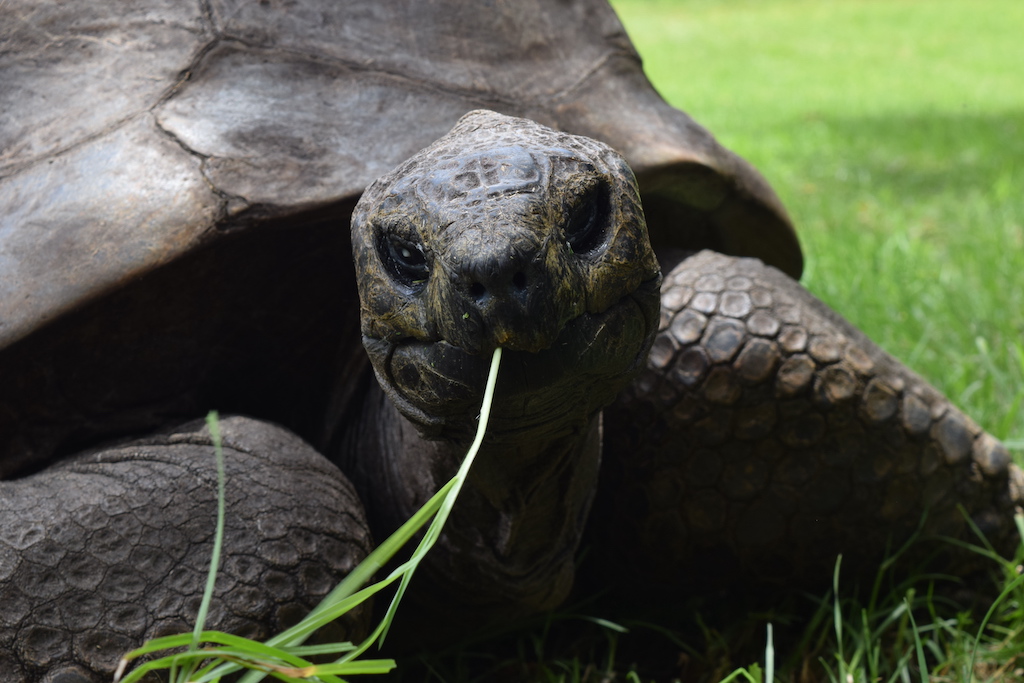
Local Celebs
You can’t talk about St Helena without talking about Jonathan. As just one member of a teeming society of wildlife, you’d have to be pretty special to stand out, but Jonathan the tortoise is a remarkable guy. He’s the oldest living land animal on the planet and the oldest chelonian ever, with an estimated age of 192. A Seychelles Giant Tortoise, he arrived on the island in 1882 and aside from losing his sight he is still going strong.
Although he’s a Saint celebrity, Jonathan can’t eclipse the breadth of flora and fauna that thrives there. There are more than 500 species that you can only find on St Helena, including the beloved Wirebird and the St Helena Ebony. It is a unique and unbeatable experience to see the weird and wonderful creations thriving all across the island.
These species constitute a number of biomes, one of which is the last remaining cloud forest on British territory. By trekking up to the highest peaks on the island, you can gaze over the magnificent diversity of forest, pastureland and desert-like cliff faces – all backdropped by the endless Atlantic spreading to the horizon in every direction.
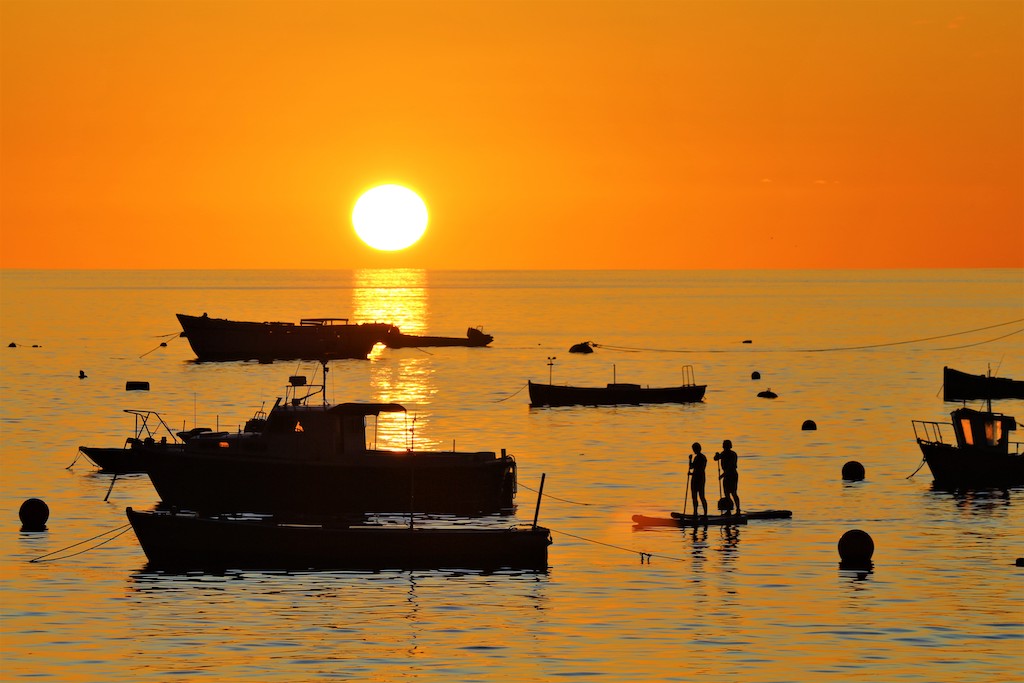 Photo: Sophia Joshua
Photo: Sophia Joshua
To experience the breath of fresh air that is St Helena, start planning your winter trip at www.sthelenatourism.com.



